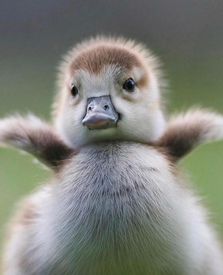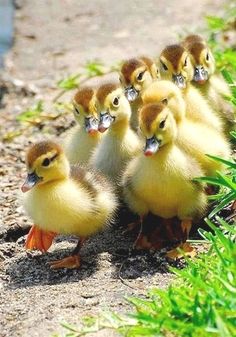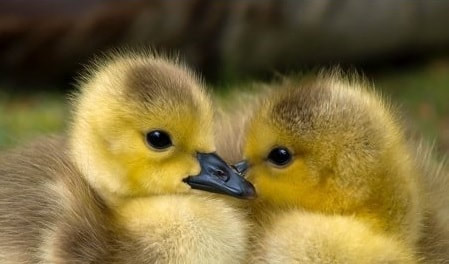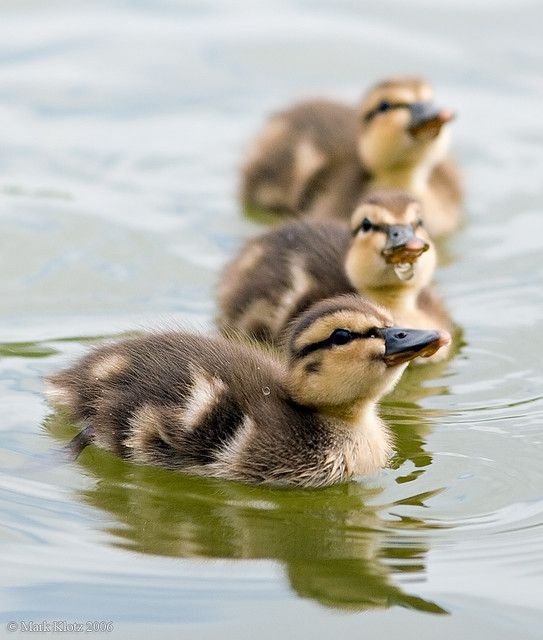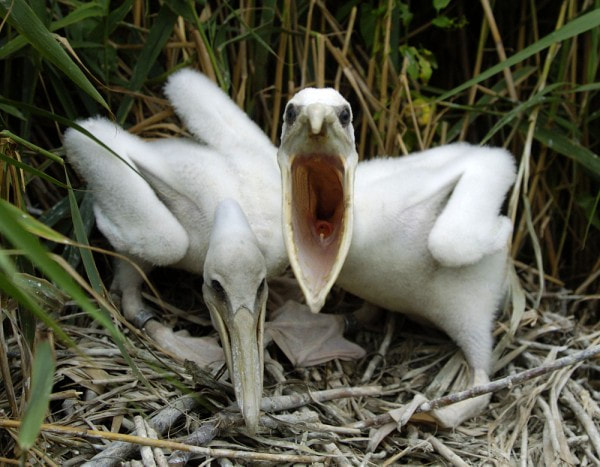You’re Invited To Our Wildlife Baby Shower Fundraiser
Support the Wetlands and Wildlife Care Center through spring baby season
You’re invited to a wildlife baby shower happening Saturday, May 20, from 11AM-2PM. Don’t miss this opportunity to learn from WWCC’s wildlife technicians what to do should you find baby birds or other baby animals. Visitors will be able see animals currently at the center, as well as enjoy free games, refreshments and other family activities.
|
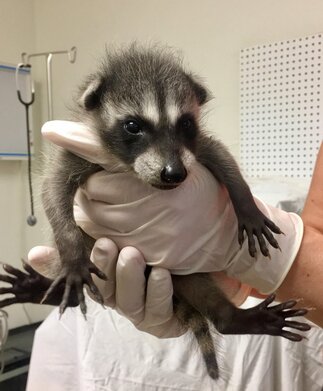
Did you know spring is the perfect time of year for baby animals? While they may be cute in their first weeks, a lot goes into caring for them, as WWCC’s wildlife rehabilitators can tell you.
Come learn all about WWCC’s efforts to help injured, ill and orphaned wildlife as we celebrate a wildlife baby shower. The wildlife team relies heavily on donations to do their work and provide care for the animals. Without them WWCC will not be able to support all the baby animals who come to us this year.
This day is a great opportunity to meet wildlife technicians and learn about what they do as well as get up close to some amazing baby animals. Learn from professionals what to do when you find a baby animal. WWCC will have unique wildlife specialists dishing all the best stories about our rehabilitated animals, community partners, and there will be fun games and activities for the whole family to learn about their favorite baby animals.
NOTE: Visitors must wear closed-toed shoes; step thru foot baths for biosecurity to go through the Baby Viewing portion.
Come learn all about WWCC’s efforts to help injured, ill and orphaned wildlife as we celebrate a wildlife baby shower. The wildlife team relies heavily on donations to do their work and provide care for the animals. Without them WWCC will not be able to support all the baby animals who come to us this year.
This day is a great opportunity to meet wildlife technicians and learn about what they do as well as get up close to some amazing baby animals. Learn from professionals what to do when you find a baby animal. WWCC will have unique wildlife specialists dishing all the best stories about our rehabilitated animals, community partners, and there will be fun games and activities for the whole family to learn about their favorite baby animals.
NOTE: Visitors must wear closed-toed shoes; step thru foot baths for biosecurity to go through the Baby Viewing portion.
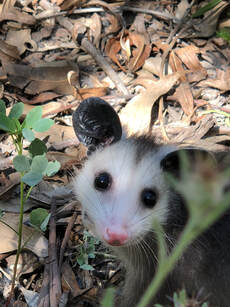
But what’s so special about spring for baby wild animals?
With warmer weather approaching, plants are beginning to sprout and bud, which is delicious food for several smaller animals, such as rabbits, squirrels, raccoons, ducks and songbirds. An ample food supply signals that it is suitable conditions to have offspring. With smaller animals being born, predatory species such as raptors and domestic cats coincide their breeding seasons. Putting a bell on your cat’s collar or making it an indoor cat can help with that.
Some duck nests are very far away from water; in some instances miles away and this this first journey can be very perilous. The mother duck knows where the nearest water is to take her young. It is best to leave her alone because interference can cause extra stress and the mother may abandon her brood.
Caring for young animals can be tricky. This does not stop people from seeing babies and, thinking they have been orphaned and bringing them in for rehabilitation. They’re OK! Leave them be!
With warmer weather approaching, plants are beginning to sprout and bud, which is delicious food for several smaller animals, such as rabbits, squirrels, raccoons, ducks and songbirds. An ample food supply signals that it is suitable conditions to have offspring. With smaller animals being born, predatory species such as raptors and domestic cats coincide their breeding seasons. Putting a bell on your cat’s collar or making it an indoor cat can help with that.
Some duck nests are very far away from water; in some instances miles away and this this first journey can be very perilous. The mother duck knows where the nearest water is to take her young. It is best to leave her alone because interference can cause extra stress and the mother may abandon her brood.
Caring for young animals can be tricky. This does not stop people from seeing babies and, thinking they have been orphaned and bringing them in for rehabilitation. They’re OK! Leave them be!

People will likely start seeing more baby and juvenile wildlife this time of year, and here some tips to help them.
How can you help?
- Observe from a distance to look for the parents. It is common for some baby wildlife to be left alone while the parent goes hunting or foraging. Do not assume a baby animal is orphaned just because it is alone - allow time for the parent to return.
- If you find a baby bird on the ground, look for the parents or a nest to safely return it to. Sometimes they fall on the ground while fledging or in a storm.
- If you find a baby mammal, leave it be while you wait for a parent from a distance. If in danger, you can move it to a safer location wearing gloves. If no parents are seen, contact WWCC. Some species leave their young for hours at a time. Do not try to capture the animal or offer it food. Even babies can carry diseases, and the wrong food can kill them.
- Do not feed baby wildlife. Improper diet lacks necessary nutrition and can even be toxic to the animal.
- If you suspect an animal is injured or orphaned, call WWCC.
- Postpone trimming trees and home construction projects to protect nesting birds and their eggs. It’s best to trim in the fall. And it is illegal to remove, destroy or disturb most nesting wild birds and squirrels nests. Check before trimming!
- To prevent raccoons, coyotes or other wild animals from coming around your house; reducing or eliminating the availability of food, water and shelter will encourage them to leave.
- Contact WWCC for instructions on how best to proceed.
How can you help?
- Attend the wildlife baby shower on Saturday, May 20th.
- Make a donation to the Wetlands and Wildlife Care Center.
- Learn more about the Wetlands and Wildlife Center and the rehabilitation support they provide to sea birds, song birds, hummingbirds and small animals and possibly become a volunteer.
Location
21900 Pacific Coast Highway
Huntington Beach,CA 92646 Corner of PCH and Newland Free parking across PCH! If our parking lot is full, pick up your parking pass at the Center. |
Did You Know??
The Wetlands and Wildlife Care Center has a state-of-the-art seabird therapy pool, which allows seabirds and waterfowl to exercise on running water. This will help our bird friends recover more quickly so they can get back to their watery habitats!

